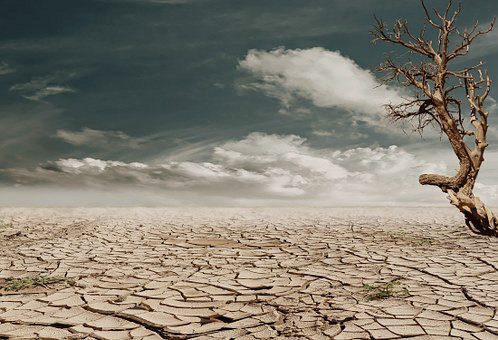Faced by frequent and increasingly hostile droughts that has claimed several cattle that belong to him and other traditional cattlemen, Leungo Dirang is slowly losing faith in livestock rearing.
His fears and loss of faith in agricultural activities are not unfounded; more than 38,000 cattle and more 2,000 hippos have been affected while several hectares of crops have wilted as the drought takes its toll.
Instead of renewed hoped brought by the recent announcement of a likely improvement in rainfall forecast for the forthcoming 2019/20 season, Dirang and other cattlemen are of the view that extreme weather conditions are here to stay.
“When I grew up I used to come across issues such as global warming and climate change in text books and dismissed them as things that could only happen in the Western world,” said Dirang who is a junior school certificate graduate.
According to the Permanent Secretary in the Ministry of Environment and Wildlife, Thato Raphaka, the current drought has severely affected livestock and wildlife in the north-western part of Botswana, around Lake Ngami that is located about 1,000 kilometres from the capital Gaborone.
He revealed that Lake Ngami, which provides water to thousands of hippos, elephants and cattle, has seen its surface water slowly drying up, thereby creating sticky miry clay.
“Around 38,000 livestock depend on the waters of Lake Ngami but the animals have been stricken by a crippling drought,” the official said.
He said livestock and wild animals have been trapped by the mire.
“The livestock, mostly cattle and goats, are dying every day while trying to make their way across the mire,” he said.
According to Raphaka, farmers are now resorting to walking long distances “in the hope of taking their animals to better places where they can find anything to eat.”
“Some succumb to the heat and vultures can be seen feasting on their corpses in the sludge of the drying lake,” said Raphaka.
In the capital Gaborone, drought conditions have contributed to historically low levels in Gaborone Dam, the main source of piped water for the capital.
By the end of 2015, demand for water in Gaborone surpassed supply by almost 33 million litres a day.
President Mokgweetsi Masisi has declared the 2018/19 season a drought year.
KO/jn/APA


